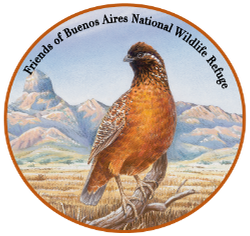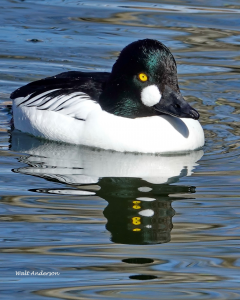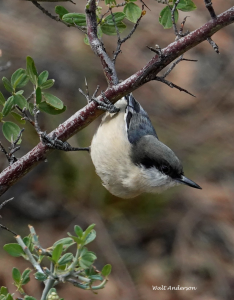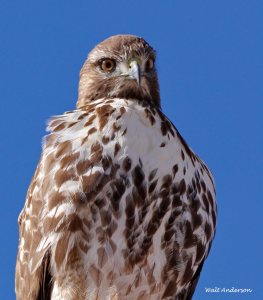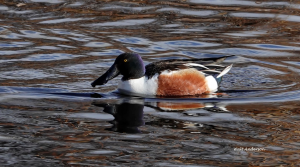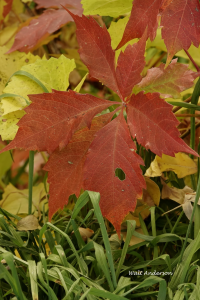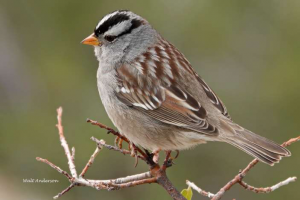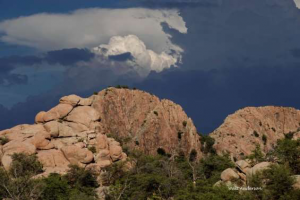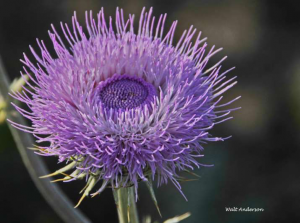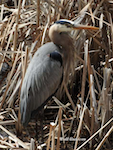Essays
Check out the nature essays! A new "Among Friends" topic will appear every three weeks!
January, The Nuthatch Suite
‘Tis the season to feature the Nuthatch Suite (no nutcrackers here, though plenty of nutcases). And what is sweeter than a sturdy little nuthatch, a bird that defies gravity on a tree trunk by often hitching its way downward, thus finding insects in the bark that those upright woodpeckers and creepers miss?
Read MoreDecember 2021. Redtails
Happy December! It’s a perfect time to get outside and watch for one of our most common and human-tolerant raptors, the magnificent Red-tailed Hawk.
Read MoreVitaceae
Two members of the Vitaceae (grape family) are widespread in Arizona riparian areas, including Arivaca Creek and Brown Canyon, and offer some of our choicest fall colors: deep red in the Woodbine (a close relative of the eastern Virginia Creeper) and yellow in Canyon Grape. Both are lianas (the proper name for a “woody vine”). Technically, vines are herbaceous, not woody (Tarzan would have had a short life if he had been swinging on vines!). Some beans, cucumbers, and squashes are good examples of vines. However, common usage says “vine” for the grape plant, and since you heard that on the grapevine, I probably cannot convert you to using “liana” for that plant.
Read MoreWhite-crowned Sparrow
Many of us look forward to the cheery songs of birds to remind us that spring is moving steadily toward summer, when most birds breed. However, here in Arizona, the arrival of White-crowned Sparrows in fall brings their melodies back to us after an absence of several months. From now until they leave in April and May, we can hear their lovely choruses, sometimes even while snow is on the ground. The songs always lift my spirits.
Read MorePersistence & Vision
Tuesday, July 13, 2021. Remember the date. Prescott, Arizona City Council voted 7-0 to approve the annexation of thousands of acres of land owned by Arizona Eco Development into the city, with the prize being 474 acres of natural open space now under city protection. This culminates a five-year process in which a few caring citizens formed a political action committee, Save the Dells, to achieve this very goal. Save the Dells garnered enormous public support, and through long, sometimes very difficult, negotiations, this date turns out to be the win-win-win successful compromise for Prescott, the people, and the developer. And let’s not forget the thousands of animals that depend on that ecosystem!
Read MoreThistles
We humans tend to generalize, so because of a few really bad actors, we often think of “thistles” as noxious weeds. Some are. I dislike dense invasive stands of Canada Thistle (a European import, not from Canada at all!) or Italian Thistle with disdain. Trying to walk through a dense stand of these imports is sheer prickly torture.
Read MoreGreat Blue Heron
As a lanky young wildlife biologist wading through a marsh on a waterfowl survey, I envied the stately grace of the Great Blue Heron. At 4’ tall with a 6’wingspan, this bird had mobility that put me in my hip boots to shame. I developed a genuine affinity for this elegant wading bird, and it is only appropriate that it is honored in this photo essay. You may have seen them at Arivaca Cienega or one of the other ponds that appears after good rains.
Read More